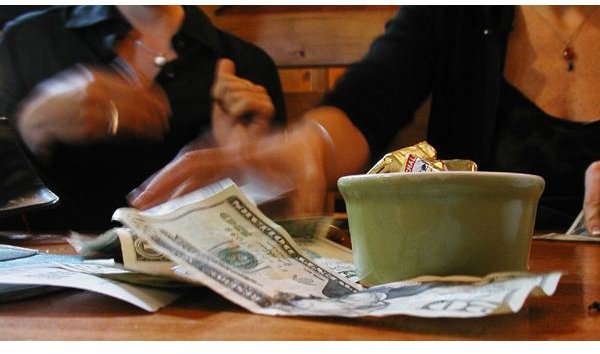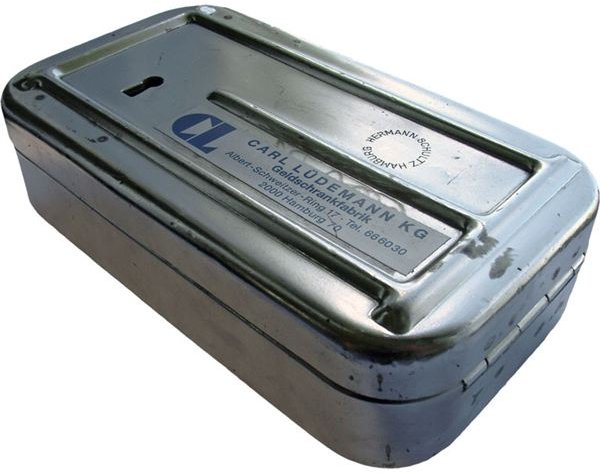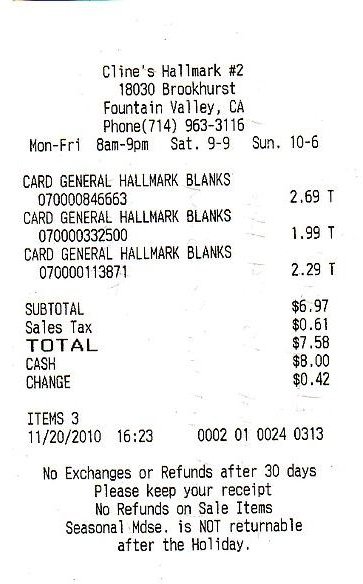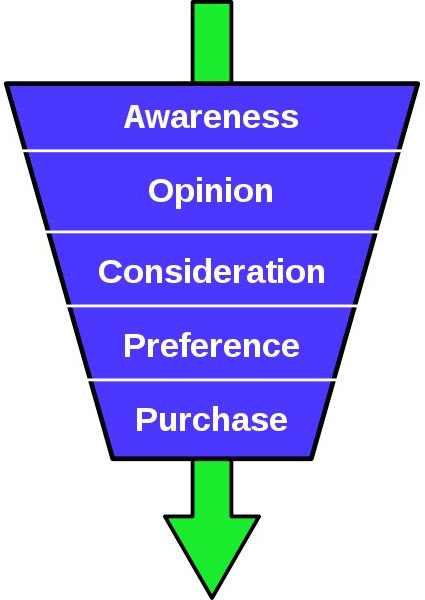Important Petty Cash Procedures to Prevent Fraud and Misuse
Understanding the Business Purchasing Processes
The establishment of a petty cash fund is part of a business entity’s procurement or purchasing process. Basically, business-related expenses or cash outlays are controlled by ensuring that the nature of the expenditure is justified or relevant. They should also be planned and form part of a projected budgetto ensure that cash outflow is kept within the bounds of free and available funds. In addition, internal control policies require that business expenses be paid out via check issuances and preparation of check vouchers, to serve as audit trails.
However, it would be impractical to apply the same methods for multiple minor purchases or expenses due to the frequency of their occurrences and the minimal amounts involved. Best practices recommend adherence to the imprest system, an approach that entails the setting aside of a minimal cash fund for purposes of defraying minor business expenses.
The Imprest System

Imprest refers to a sum of money, commonly known as the petty cash fund (PCF) that is entrusted to a designated person who assumes responsibility as fund custodian. The latter is responsible for the fund’s disbursements and subsequent replenishment once it reaches near-depletion.
Its amount may be insignificant, but there are certain petty cash procedures and guidelines to observe as a means to ensure that the fund’s usage is properly controlled, monitored and accounted for.
Setting Up the Fund
Setting up the fund necessitates establishing the following:
- The amount to be set up as the petty cash fund. This is usually based on the average amount of minor expenses that generally recur within a four-week period. The most popular amounts maintained are $500 and $1,000.
- The maximum amount of disbursement for each PCF voucher, usually $50.
- The designated custodian responsible for disbursing the fund and safeguarding its physical security.
- The procedures to be observed for fund disbursements, which include the documentation required and the approving authorities.
- The policies that govern the types of expenses allowed to be reimbursed against the fund.
- The internal control procedures for checks and balances.
- The procedural guidelines for the fund’s replenishment.
- The accounting procedures for recording the fund set-up and reimbursed expenses.
Designating the PCF Custodian:

1. The manager of the department, under whose supervision the petty cash fund is maintained, shall be held responsible for the proper treatment of the fund. Hence, all transactions related to its handling must bear his approval.
2. It is also incumbent upon the manager to designate staff members who will act as the regular keeper and the alternate keeper.
3. The manager should likewise consider the internal control policies when appointing a PCF custodian, i.e. the staff does not perform recording functions nor have access to control features that would allow him or her to record transactions in a computerized accounting system.
4. A written memorandum shall be issued by the manager for every occasion that a new employee becomes the official handler of the PCF. This includes the assignment of the alternate in the event that the regular custodian is on an extended leave or in relation to a job rotation procedure.
5. It is also the manager’s responsibility to see to it that the custodian is provided with a cash-box and a secured area where the box can be kept safe overnight and during non-working days.
Procedures for Disbursements

Disbursements for expenses generally include only those that are related to the department’s or the project’s operations.
-
Salary advances, IOUs, check encashment, representation expenses and other controlled expenses or those that require clearance or approval from other department heads or units are disallowed.
-
All expenses reimbursed are supported by original receipts and should have been incurred within a four-week period from the date they are submitted. Since they have been studied as frequently recurring, there is no reason for the expense to take longer than is necessary to remain un-reimbursed.
-
The expense reimbursed is based on the value stated on the receipt. Unreceipted expenditures like transportation or overnight shipping incurred in relation to the receipted expense are added as an item for reimbursement on the PCF voucher and not on the receipt itself.
-
All supporting documents are filed attached to their corresponding PCF voucher. Multiple attachments are pasted on an appropriate piece of paper to avoid punching holes where there is important information. They shall also be marked as “PAID” along with the date they were reimbursed.
-
As a rule, supporting receipts with substantial alterations are unacceptable. Nonetheless, the manager can require the reimbursing employee to provide adequate explanations regarding minor alterations.
-
Accumulation of small amounts of expenditures until they reach the maximum limit per voucher is allowed. However, supporting receipts should not be stale-dated nor exceed the four-week period. This is to avoid any imprudent use of official receipts that can cast doubts over the handling of the PCF.
-
Travel expenses are kept within the amount allowed as departmental expenses. This should not include reimbursements of gasoline expenses incurred by the manager, even if they are purported to be in connection with an official function.
-
All petty cash vouchers should be properly completed, including the payment-recipient’s signature of acknowledgment.
-
Advances to defray departmental expenses as a means for expediting the purchase of certain supplies may be allowed. This is provided that they do not exceed the maximum allowed per PCF voucher and are properly liquidated via a summary of expenses and supported by official receipts.
-
All expenses disbursed are recorded by the PCF custodian in a petty cash register for balance monitoring and reconciliation purposes. Expenses are recorded and summarized according to their account classifications/codes and their totals extracted upon replenishment.
-
The PCF custodian shall see to it that the overall total of the expenses, plus the actual cash balance remaining, shall equal the required petty cash balance. Moreover, he or she sees to it that the funds are properly accounted for in order to withstand any surprise cash-counts to be conducted by the control officer or auditor.
Fund Replenishment

The custodian should be timely in replenishing the petty cash fund to make sure that there is always a sufficient amount of cash available to defray immediate expenses.
(a) Ideally, replenishments are made only once a month, since the fund has been set up based on a four-week projection.
(b) The PCF custodian shall submit a petty cash replenishment report, which provides in details the different expenses reimbursed against the fund.
(c) The overall total of said expenses serves as the amount of fund replenishment being claimed.
(d) The accountant shall review all disbursements reported in every replenishment summary to ensure that expenses are proper and supported by appropriate official receipts. There is also the matter of verifying proper account codes or classifications. The accountant shall affix his signature on the report to identify that it has been reviewed and recommended for payment.
Accounting Methods and Entries
The petty cash fund is identified in the general ledger books as Cash on Hand-Petty Cash Fund.
- The only accounting entry that appears on its GL page is the recognition of the fund’s set-up, i.e.
Dr. Cash on Hand – Petty Cash Fund xyz
Cr. Cash in Bank xyz
This involves the issuance of a check payable to the manager of the department or his designate and should bear an appropriate notation for its purpose. The accompanying journal voucher shall likewise contain the PCF custodian’s acknowledgment regarding the receipt of said funds.
- The accounting entry for fund replenishment is as follows:
Dr. Transportation Expenses xyz
Dr. Repairs and Maintenance - Cleaning Materials xyz
Dr. Postage and Other Mailing Expenses - xyz
Dr. Supplies Expense – Photocopying – xyz
Dr. Miscellaneous Expenses – xyz
Cr. Cash in Bank xyz
The cash received plus the remaining cash on hand brings back the PCF balance to its full amount.
-
A cash overage is initially logged as a sundry expense until such time that the cause of the overage can be traced. If the discrepancy has not been resolved at month-end, the sundry amount shall reduce the most likely expenses that were incurred via the PCF. No accounting entry is required since the account classification shall be presented in the PCF summary report.
-
A cash shortage discovered by the control officer or auditor shall be declared and initially logged as a receivable from the petty cash custodian. The settlement and the accounting entry shall be taken-up upon fund replenishment and presented in the summary report. The amount claimed as replenishment should not include the cash shortage, since the PCF custodian will settle the amount.
-
Under no circumstance can a cash overage be used to offset a cash shortage.
-
The fund shall be processed for replenishment at the close of each year so that all expenses will be taken-up before the general ledger books are closed. This is regardless if the remaining cash on hand is still substantial.
Take note that the petty cash procedures above are integrated with internal control measures to maintain, monitor and record the fund’s disbursements and replenishment. These are basic procedures that can be modified to suit the purpose of the business organization. However, in formulating procedures, make sure that the internal controls are still in place, in order to prevent any manipulation or misuse of the fund.
Reference Materials and Image Credit Section:
Reference:
- Information retrieved from author’s personal files as a CPA engaged in private practice.
Image Credits:
- GNU Free Documentation License / Wikimedia Commons
- By arya from San Luis Obispo, USA / Wikimedia Commons
- By KMJ at de.wikipedia / Wikimedia Commons
- By Amin Eshaiker / Wikimedia Commons
- By Steve simple / Wikimedia Commons
